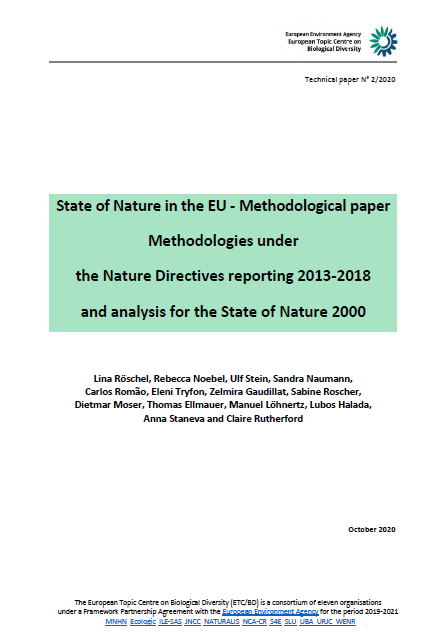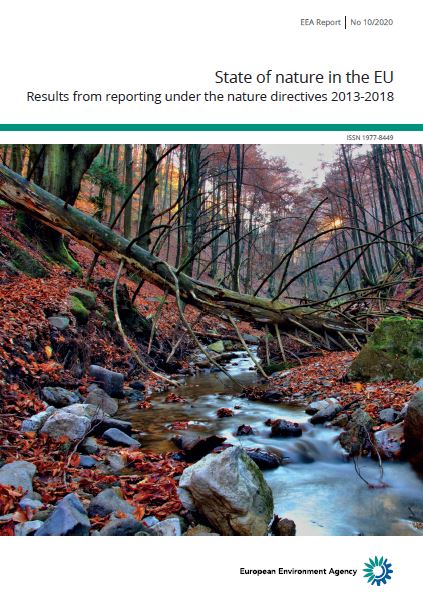Protected Area Management in the EU
Supporting the advancement of the Trans-European Nature Network
- Publication
- Citation
Naumann, S., Noebel, R., Fuchs, G. and Roscher, S. 2021: Protected area management in the EU – Supporting the advancement of the Trans-European Nature Network. ETC/BD report to the EEA.
The new EU Biodiversity Strategy for 2030 sets out ambitious goals to further advance the protection of Europe's nature. One of the central elements of the strategy targets is the increase of protected area coverage on land and sea, as well as the dedicated designation of strictly protected areas. Until 2030, this should cover a minimum of 30 % of the EU's land area and sea area, of which at least 10 % shall be managed via a strict protection regime. This goal is to be achieved not only through a further expanding Natura 2000 network, but also via nationally designated areas and other effective area-based conservation measures (OECMs). Another focus is to increase connectivity between Europe's natural land and seascapes by 2030. Specifically, the strategy envisages that European protected areas shall be part of a broader Trans-European Nature Network (TEN-N) supported by transboundary cooperation.
While a wealth of information on European terrestrial and marine protected areas is available, many aspects remain less known, such as qualitative descriptions about national and subnational implementation and management and the underlying reasons for similarities and discrepancies among the Member States.
This report thus aims to bridge this knowledge gap by exploring national realities for the Member States. A semi-structured survey filled out by representatives of the following 12 Member States forms the basis of the report: Austria, Czech, Denmark, France, Germany, Greece, the Netherlands, Portugal, Romania, Slovakia, Spain and Sweden. ETC/BD partners and involved EEA staff conducted the survey in the individual countries. Based on this survey, the study explores individual approaches of the Member States as well as challenges and successes in the management of protected areas, focused on six policy relevant topics to gather in-depth insights on current practices:
- Designation procedures
- Connectivity
- Transboundary sites
- Management effectiveness
- Other effective area-based conservation measures (OECMs)
- EU Biodiversity Strategy for 2030
The study further focuses on concrete case studies for each of the topics and presents innovative approaches, solutions and cooperation efforts. In addition, it presents specific needs of the Member States or single regions to be addressed by the EU in order to support successful national implementation of the conservation targets of the EU Biodiversity Strategy for 2030. These inputs are also presented in the study to illustrate further activities from the European Commission and its bodies to support and increase the implementation in the Member States.






